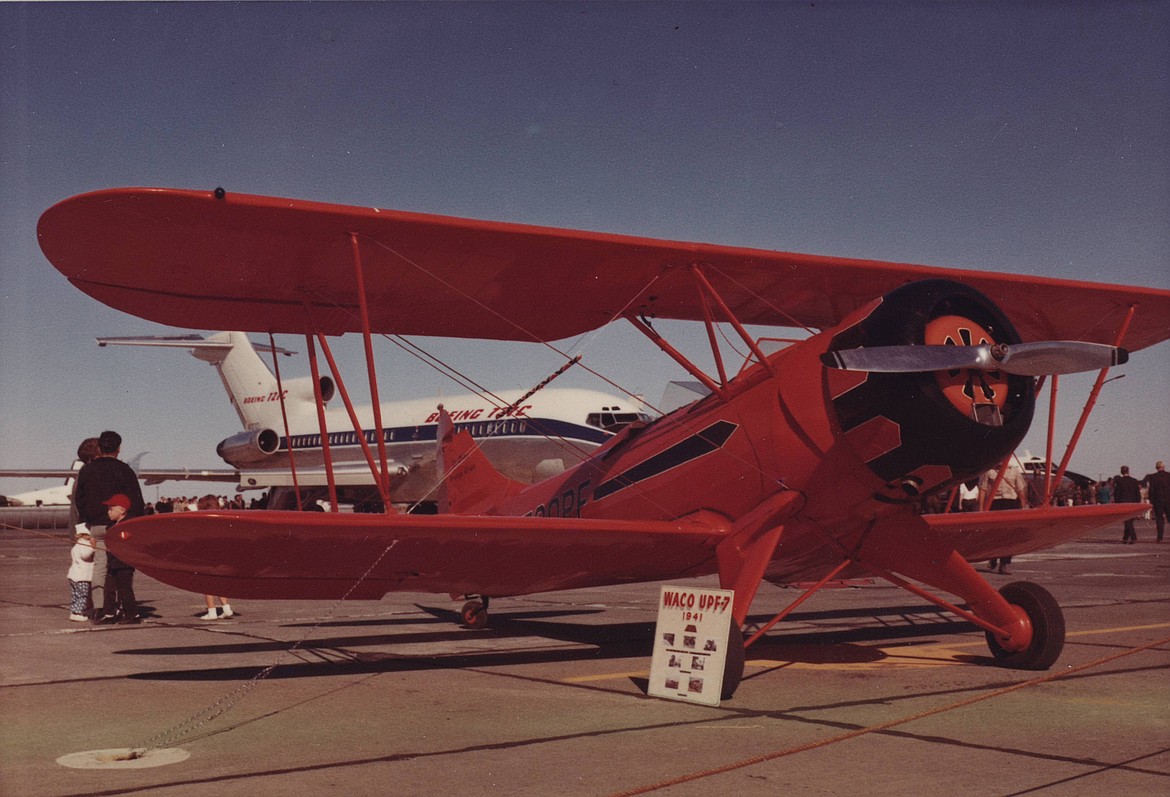1966: Larson AFB becomes Port of Moses Lake
MOSES LAKE — The year was 1964. Larson Air Force Base was a hive of activity, employing over 4,000 people and housing twice that many. But on Nov. 24, 1964, that all changed.
Become a Subscriber!
You have read all of your free articles this month. Select a plan below to start your subscription today.
Already a subscriber? Login






